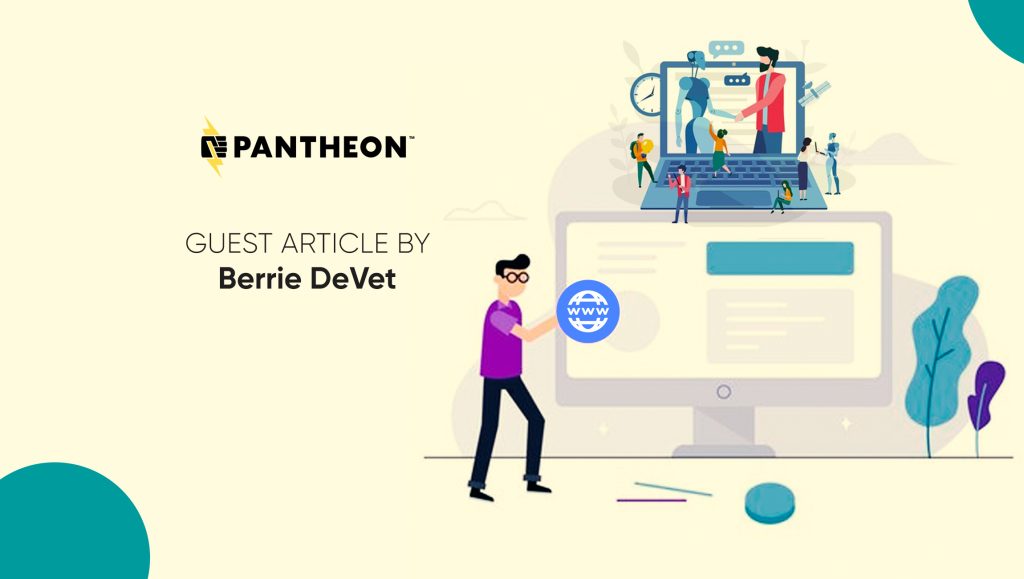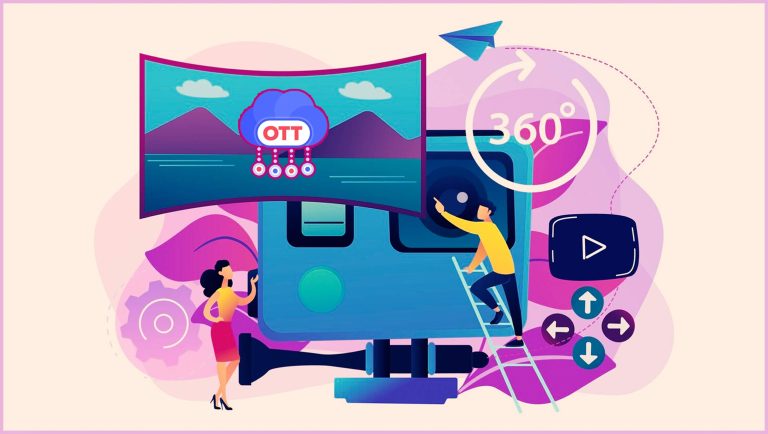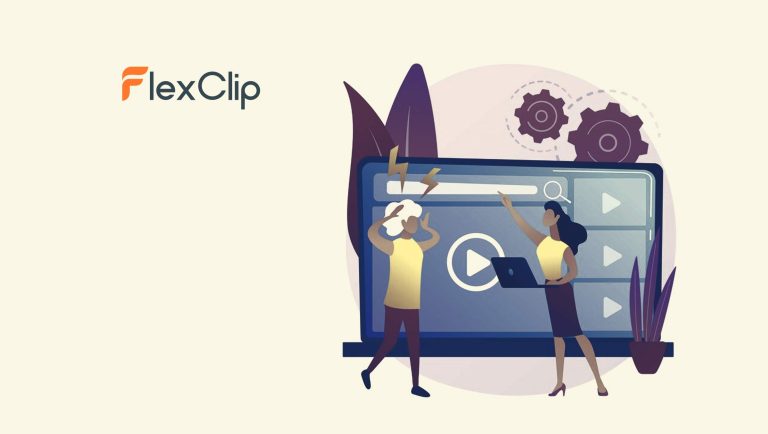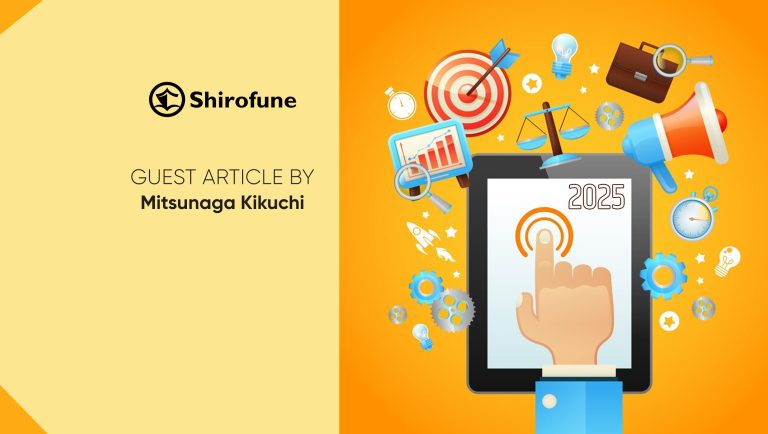It’s mind-boggling how far and fast things have come. AI technologies now flood the market, and there are countless use cases and promises to create richer user experiences for brands. However, like most emerging tech, excitement about the promise and putting it into practice can be two very different things. While content personalization is a proven tactic, it has historically been costly and complex to implement.
To date, website personalization has required collective effort from marketing and developer teams, to varying degrees of success. Often, it’s been aspirational. For those who have gone down the path, some may have even found that the technical difficulties of implementing it slow down the very parts of the website they’re trying to enhance. And slow sites are the likely ones that will be quickly abandoned, losing you an opportunity to engage a prospect or advance a deal.
All of the above was true until AI personalization came into play. Some tools out there require minimum implementation and can be free for simple use cases if you want to test things first.
The promise of this new functionality is enormous. The top benefits include:
- Growing your first-party data
- Identifying product and content affinity
- Building audiences and learning how they click with your product
- Upselling and cross-selling
- Increasing return on ad spend
- Managing consumers in real time
- Optimizing loyalty programs
- Automating the next best action
- Increasing customer’s live time value, and more.
Marketing Technology News: MarTech Interview with Marc Holmes, CMO @ HashiCorp
We know buyers consider the website to be a brand’s most important digital touchpoint. And their expectations for tailored user experiences are growing by the minute. So with AI now entering the landscape as a mechanism to boost the ease and effectiveness of personalization, the potential to attract and engage buyers on a deeper level is growing. AI-driven personalization can deliver content to audiences more effectively, ensuring it resonates and meets their needs without complicating the customer journey. The market’s shift away from third-party cookies also means that engagement on your site is key; it’s how you will learn about your audiences and subsequently allow your teams to build the content they want and serve it in a moment that matters. As long as the visitor agrees to first-party cookies (those are not going away anytime soon), their website behavior, from clicks and scrolls to web forms and the proverbial email sacrifice, contributes to the magic on the backend. These inputs will create the user’s identity profile, which will kick into motion the next time they log in with useful insights and relevant information. This is the road to building trust and loyalty.
Why Should Your Organization Embrace Personalization?
Because it’s the next best thing in the AI evolution for businesses – and the audiences you’re trying to reach increasingly expect it. As we approach a world without third-party cookies, access to first-party data (the information people willingly provide to you, like their name, email address, or other engagement you track on your own site) is critical to informing marketing strategies and personalization efforts. A survey from McKinsey found that an estimated 71% of consumers expect a personalized experience when interacting with a company, and 76% get frustrated when that doesn’t happen. Furthermore, in a survey conducted by Pantheon and Hanover Research, 52% of consumers said they are more likely to share data when their web experience is customized and tailored using their information.
With a phase-out of third-party cookies, creating trust and amplifying the use of first-party data is the way forward when creating the digital experiences audiences want.
Here are some key elements of how you can build trust and collect data on any website you manage:
- Create engaging buyer journeys that encourage first-party data sharing without forcing end users.
- Use AI and emerging technologies transparently, being upfront about the cost/benefit exchange of sharing data.
- Make it easy for people to understand what the site does with their data.
Implementation with Respect to Your Customer’s Privacy
There are many personalization engines on the market. Some will break the bank while others are free to start. Customer data platforms (CDPs) natively integrated with Generative AI is the future. Check if they are privacy-centric and GDPR-compliant. Integration should not be complicated. With just one tag on your site such as a Drupal module, WordPress plugin or Google Tag Manager, or a straight-up native installation, the personalization software should start collecting first-party data in real time. For a low-lift case, of course. Once you like what you see, you can throw more of your team’s power into it. Here are a few essential steps to creating a personalized customer experience:
- Assemble the right cross-functional team with representatives from marketing, customer service, IT services and developers and data analytics. More is less in this case. Many have failed by making website personalization a one-person team.
- Establish KPIs and focus on website touchpoints. For example, you want to boost your event attendance. So instead of personalizing the homepage, spend time on personalizing event banners to the correct audiences. Narrow your vision and strike bold.
- Follow privacy regulations like the General Data Protection Regulation (GDPR) and California Consumer Privacy Act (CCPA). It’s a shortcut to your customers’ trust.
- Analyze personalization data for efficient marketing strategy. As you build your customer base identity graph and start segmenting them into personas and audiences, the data will help decide on the next marketing campaign or a website redesign.
- Measure the impact of your strategies to keep the website evolution going. Review your KPIs, whether its lead capture rates or customer satisfaction scores and tailor your customer journey accordingly.
Is It Worth the Hassle?
AI-driven personalization is useful for any industry with a website presence. In higher education, for example, a school will want to distinguish between a prospective student, an alumni or a current student visiting a website. In healthcare, it would be wise to know your website visitor so you don’t have to ask them to fill out their history form for the 10th time. In government, wouldn’t it be nice if an article on how to reduce your taxes or utility costs would surface next time you pay your bill? When it comes to travel, no need to offer an exclusive couples-only resort under 30 when this family in their 40s always vacations with their kids.
There’s a use case for any industry. We could all benefit from a personalized extra step.
Marketing Technology News: Silver Lining in Oracle Ad Business Closure






















